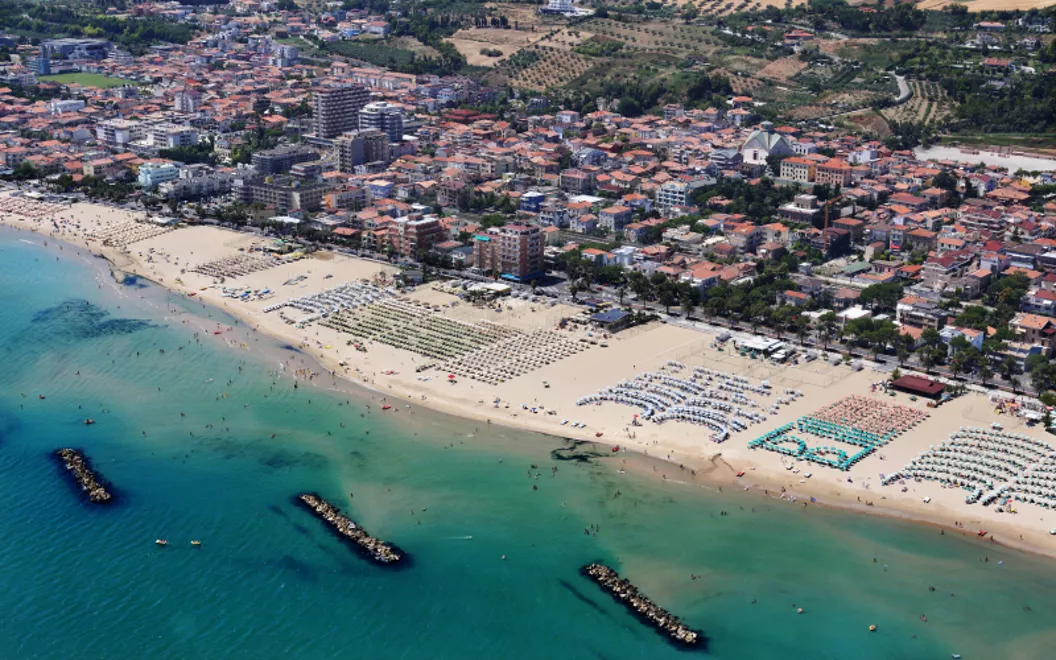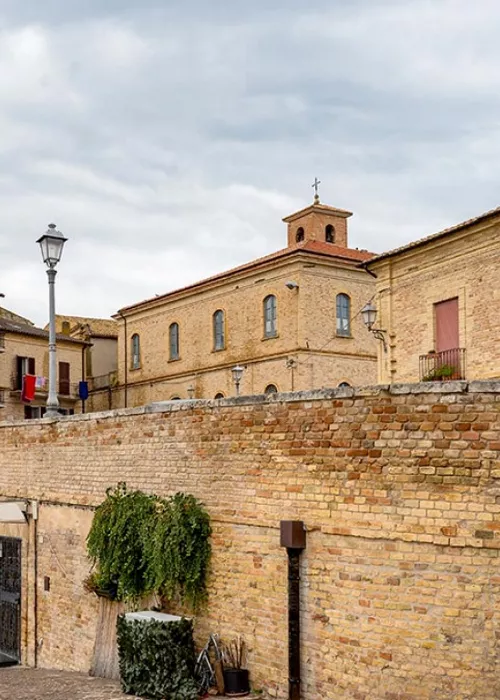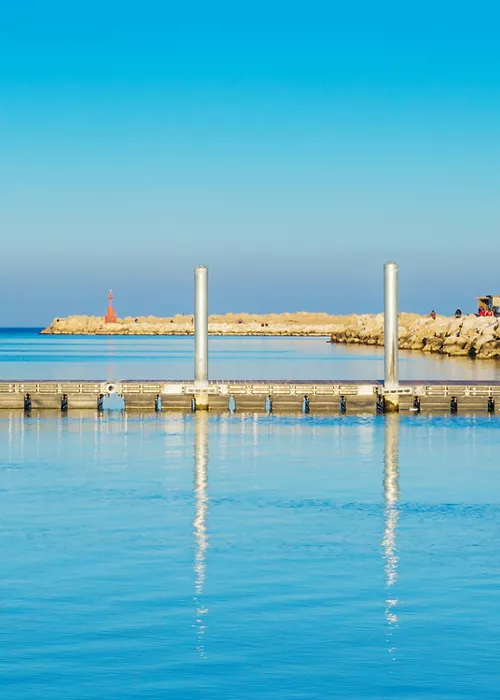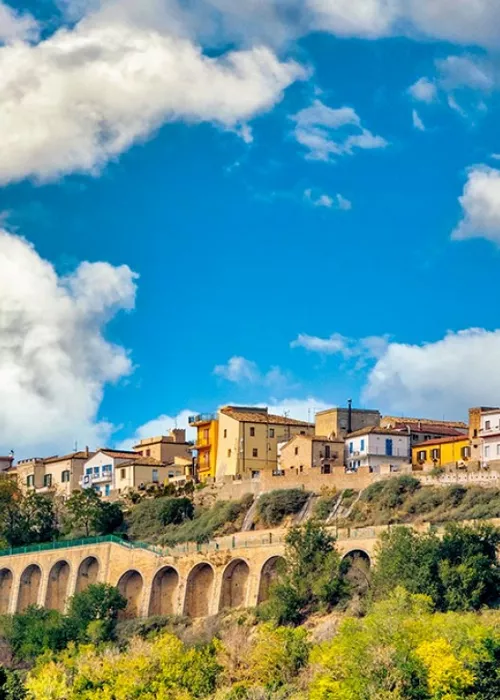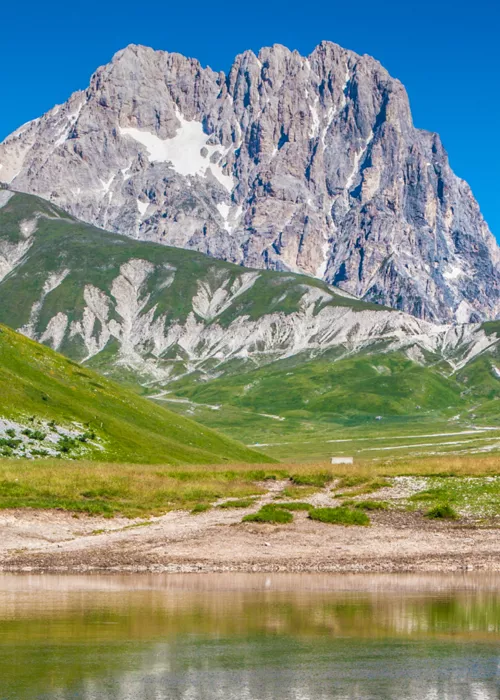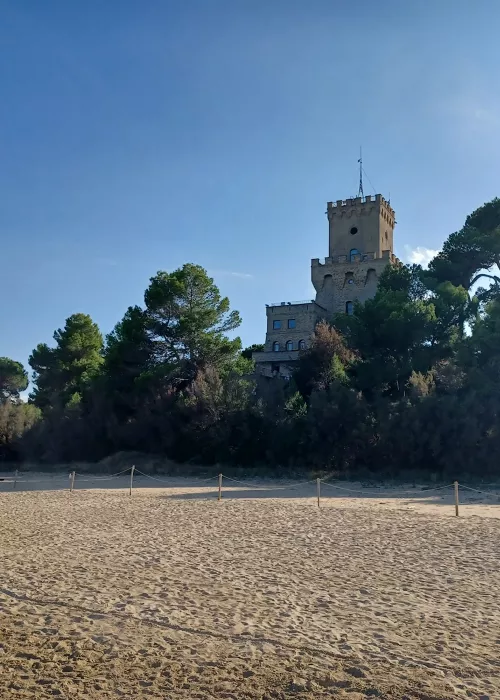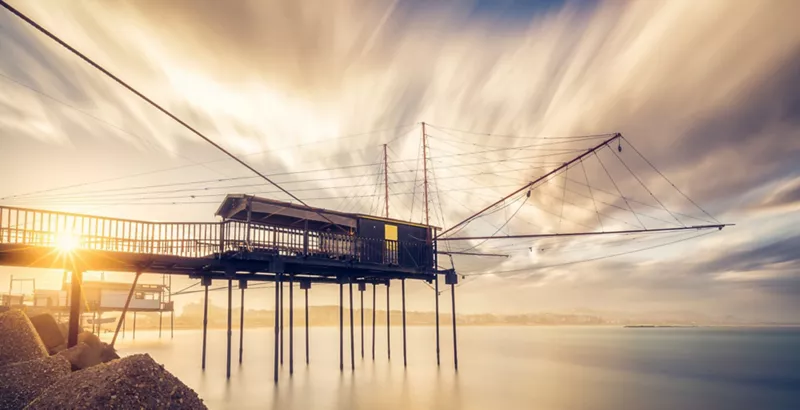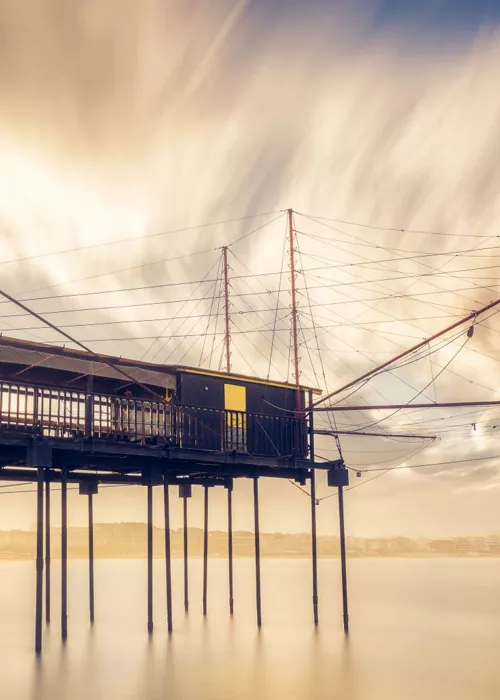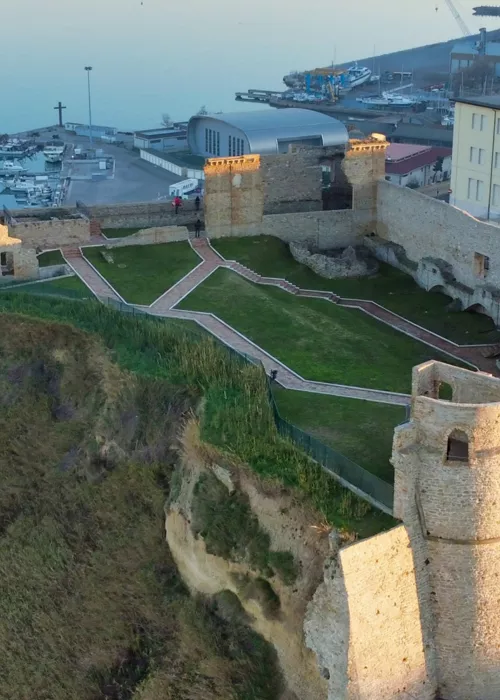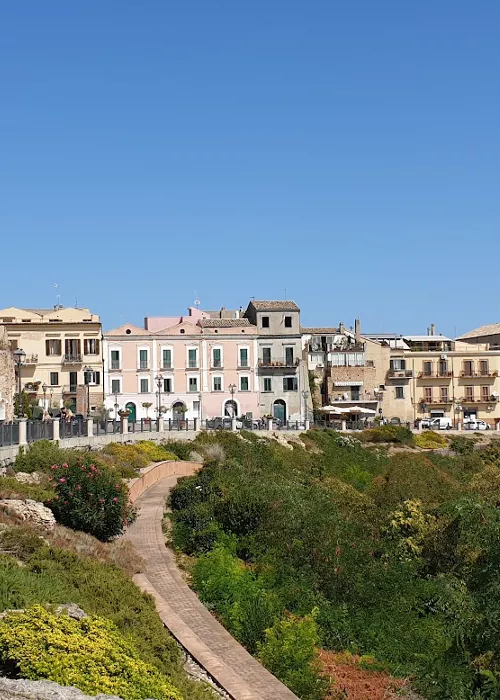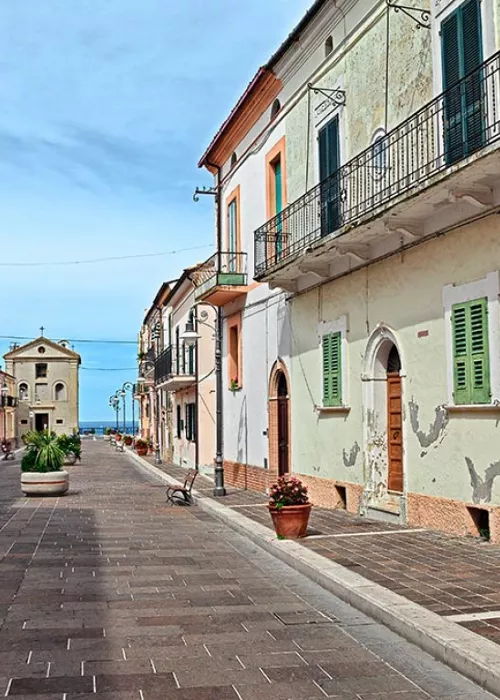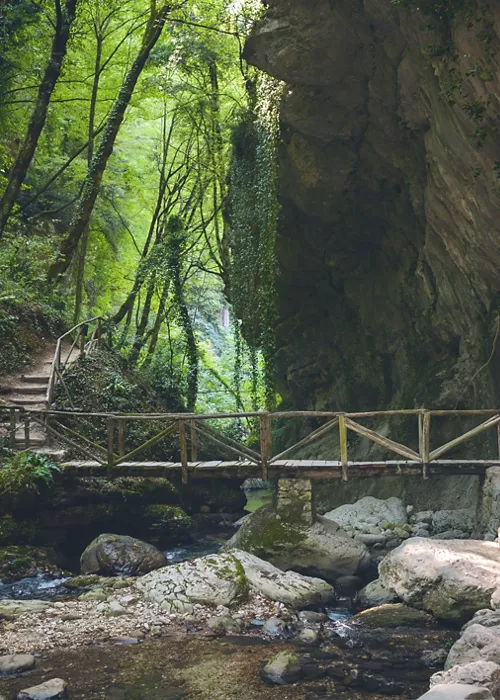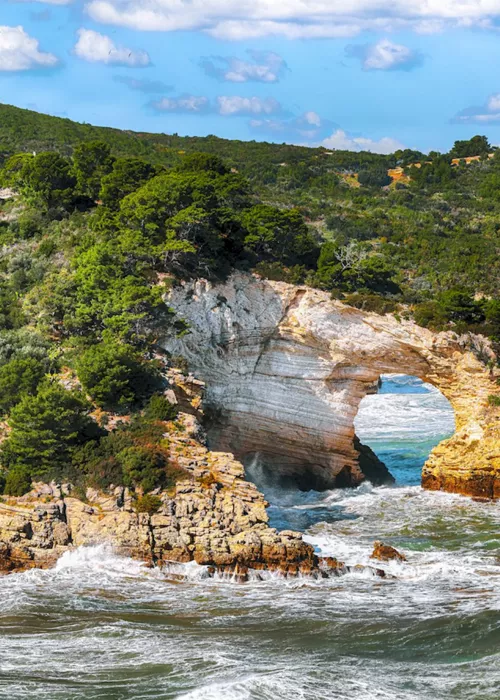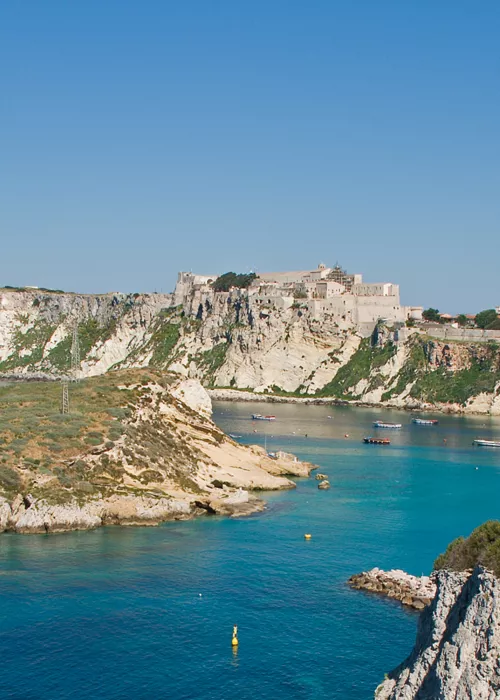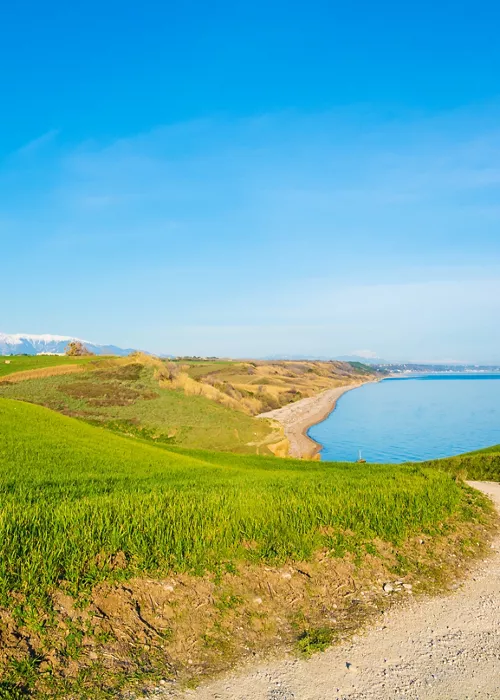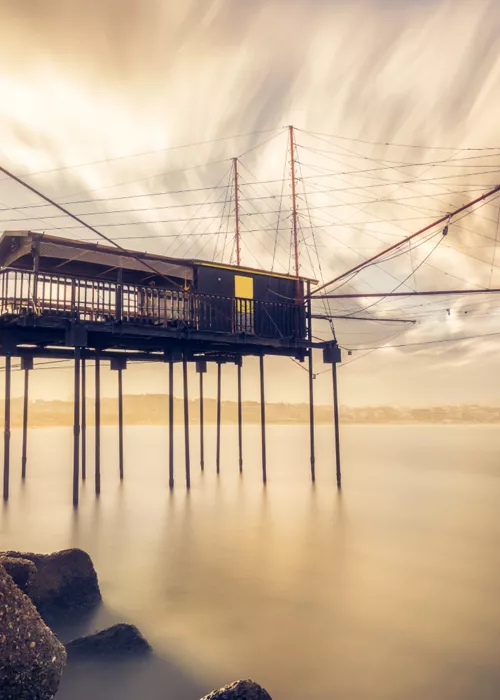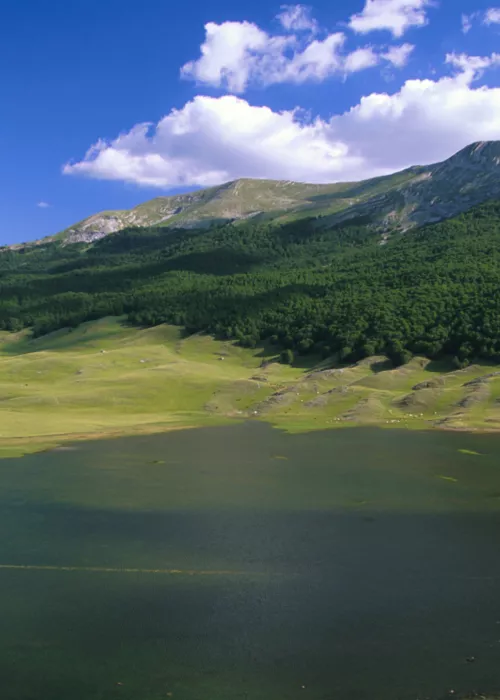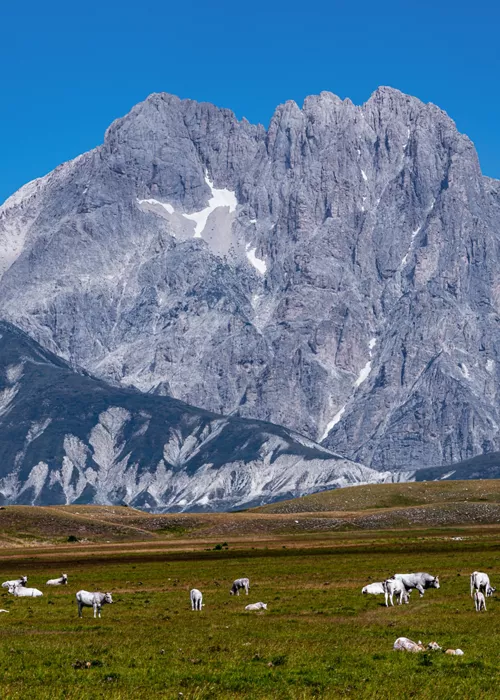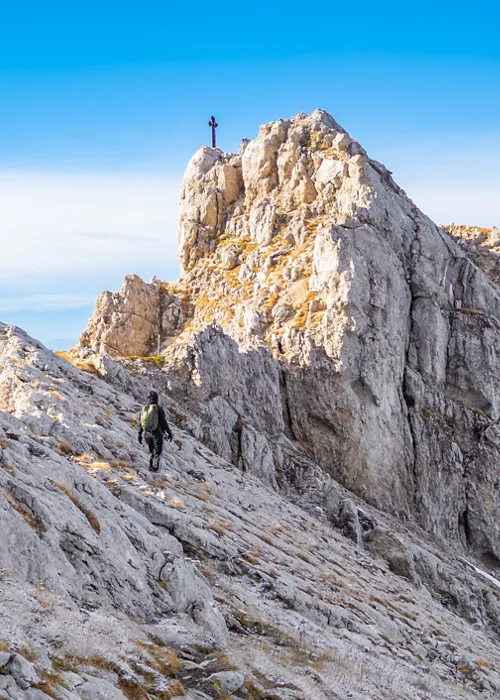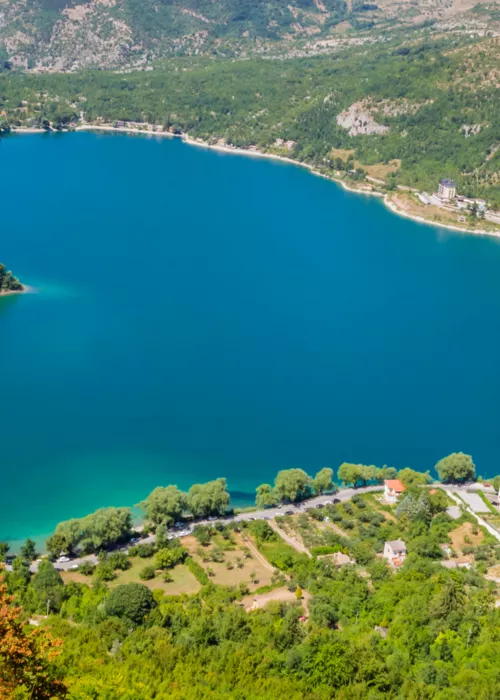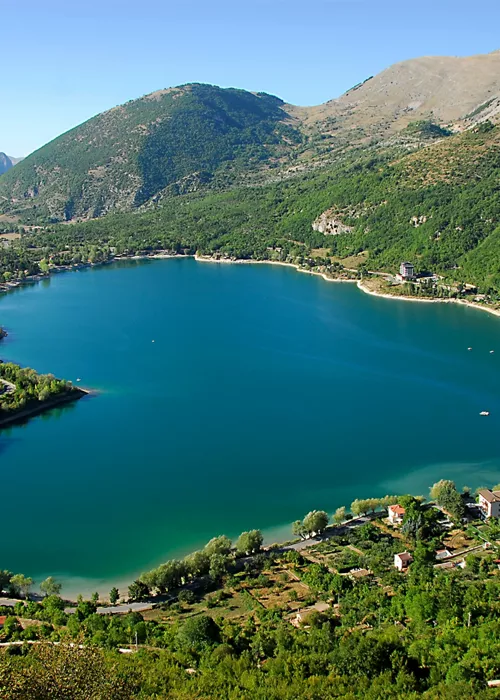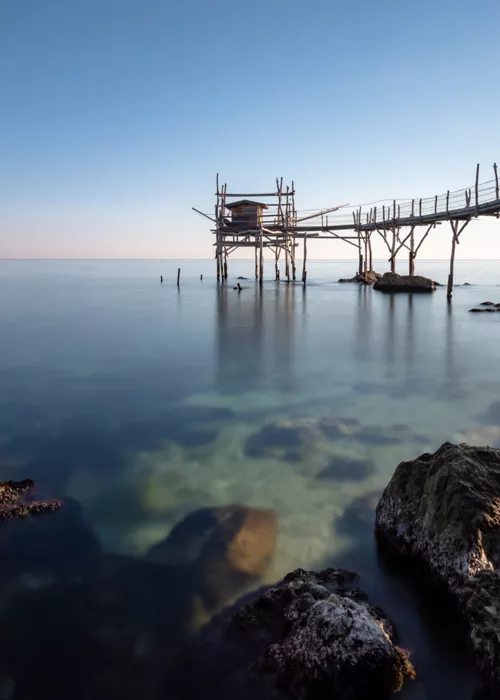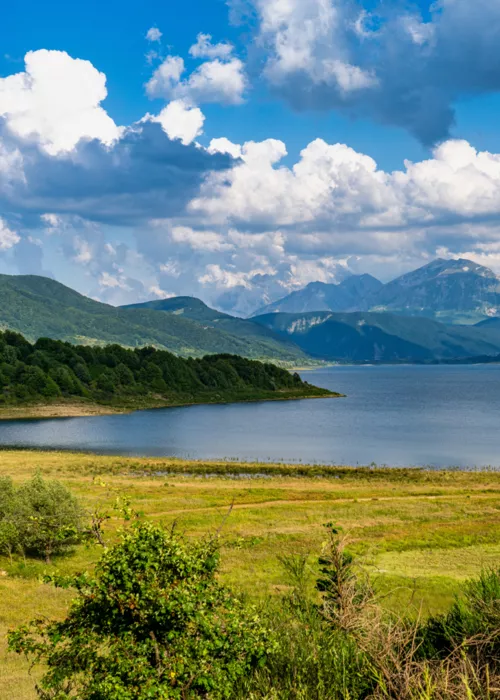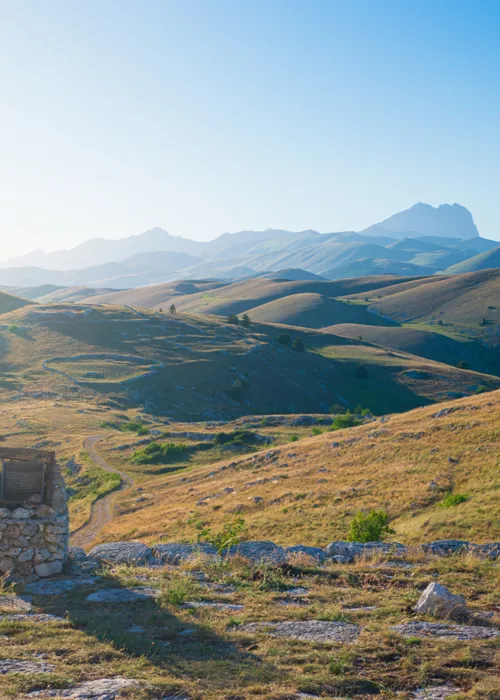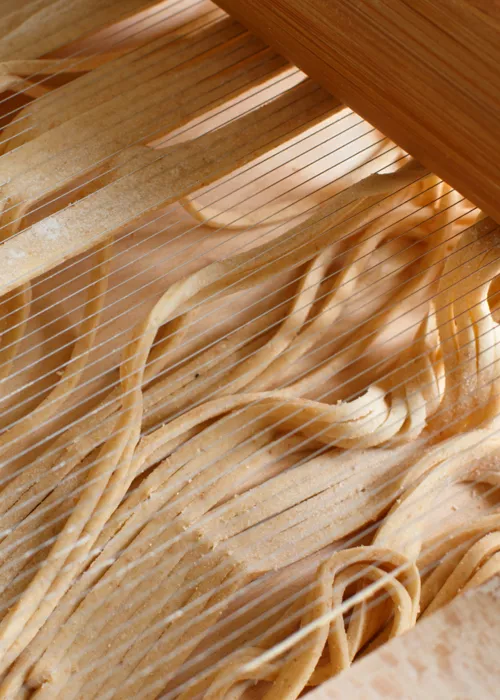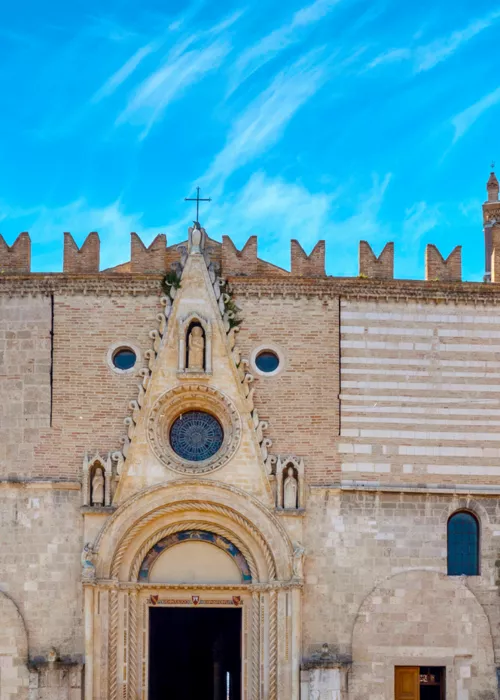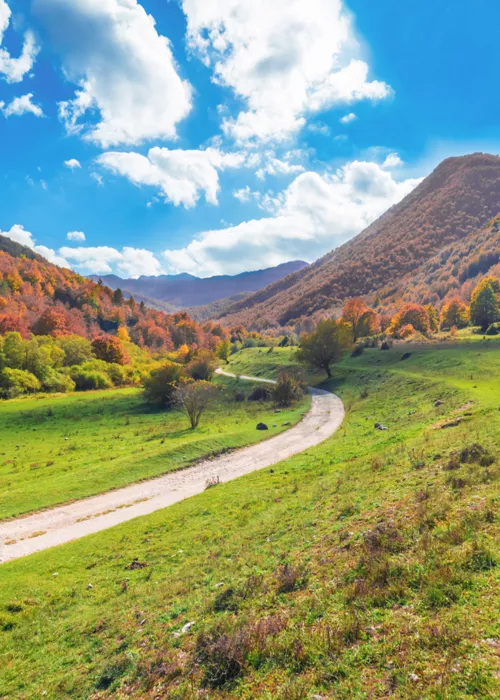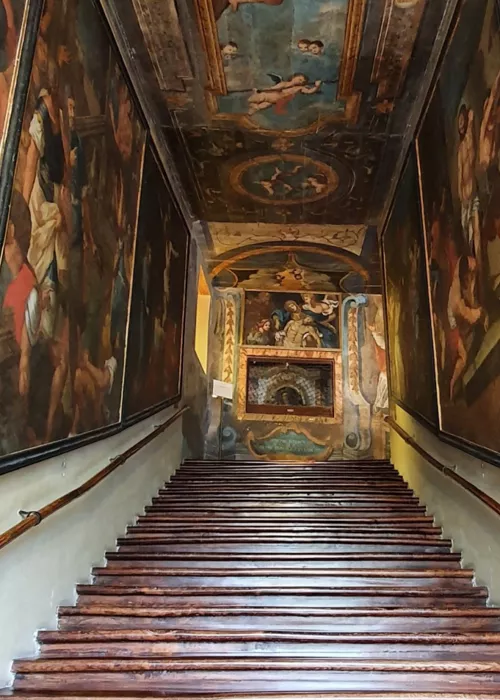The Terraces on the Abruzzo Sea
4 minutes
But in the human aspect, in the authenticity of villages that are welcoming, that evoke intimate and familiar atmospheres, that recall and recount, Abruzzo offers something more.
Here are a few samples of some of the little treasures that overlook this stretch of sea.
Tortoreto, with its white beaches and a delightful village
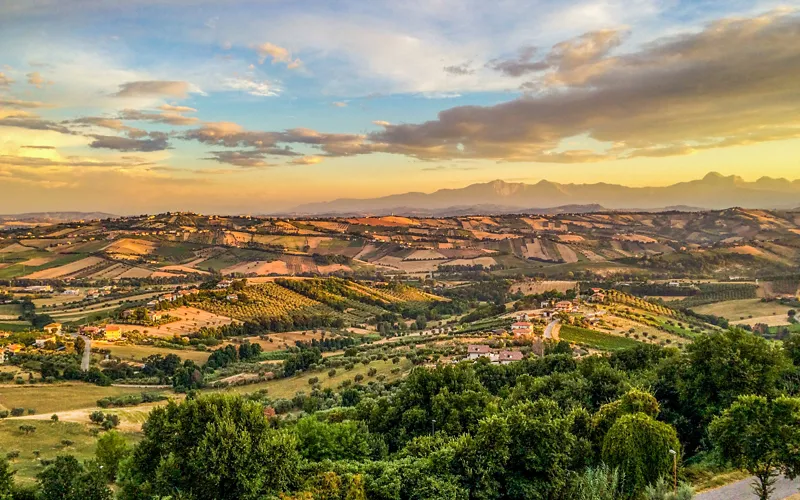
Tortoreto is one of the pearls of Abruzzo's garden coast, with wide sandy beaches and lidos that are ideal for families. More than three kilometres of coastline with fine, soft sand, waters that have been awarded the European Blue Flag several times for their cleanliness, and an alternation of public and serviced beaches to meet every need.
The promenade area is surrounded by several green spaces that make the landscape even more charming. Cycling and walking enthusiasts can also benefit from a long pedestrian and bicycle path that crosses the entire municipal territory, connecting it to the north with Alba Adriatica and to the south with Giulianova.
Tortoreto Alto, a small and cosy village located on a hill just over 200 metres above sea level, preserves a wealth of pre-mediaeval and Renaissance remains. You simply must visit the historical centre, with its towers, arches and alleyways, the walls of the mediaeval village, the Clock Tower.
And then it is essential to look out over La Fortellezza, a natural terrace from which you can admire the splendid coastal panorama.
Giulianova and the ancient fishermen's port
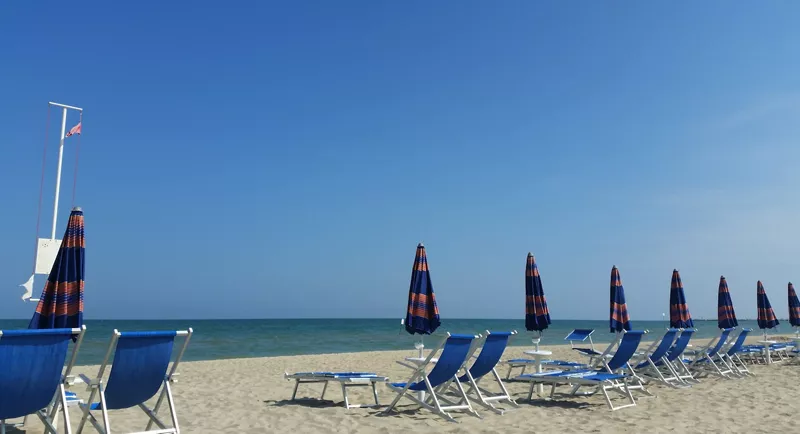
And on the subject of Abruzzo's terraces by the sea, the next stop is not to be missed; indeed, not far from Tortoreto is Giulianova, an ancient Roman colony.
The upper part preserves the historical centre, while Giulianova Lido has evolved around the fishing port.
From the well-equipped beaches to the historical vestiges: the Torrione "Il Bianco", the largest of the remains of the walls that encircled the ancient city, and the church of Santa Maria a Mare, the sanctuary of the Madonna dello Splendore and the Pinacoteca Civica.
Silvi, set between the hills and the sea
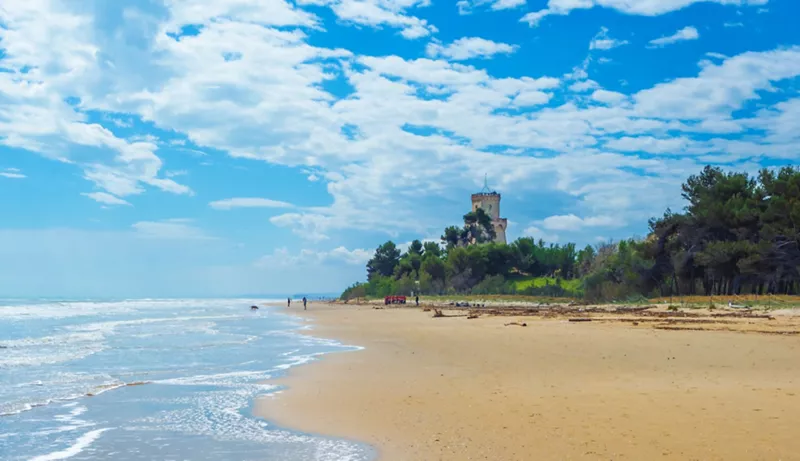
Silvi, which probably owes its name to a small temple dedicated to Silvano, an Italic god protector of flocks and shepherds, was ideal territory for transhumance given its location between the hills and the sea. Of medieval origin, the village preserves the Cathedral of San Salvatore and the 1706 bell tower. From Silvi Alta the view sweeps from Gran Sasso to the open sea, to the sandy beaches bordered by pine trees, among which stands the Cerrano Tower, symbol of the Marine Protected Area of the same name.
On the Costa dei Trabocchi, D'Annunzio's "colossal spiders"
Continuing southwards, you come to the Costa dei Trabocchi, between Ortona and Vasto, along which ancient wooden fishing machines rise like sentinels over the sea, harmonious in their play of wires and ropes, compared by D'Annunzio to "colossal spiders" stretching out into the sea.
Some of these trabocchi, which embellish this stretch of coastline, have been transformed into characteristic restaurants that impress with delicious Adriatic fish dishes.
The first ones are encountered after Ortona, when the Abruzzo coast begins to change its appearance from low, sandy beaches to a more rugged, rocky landscape, jagged with cliffs and small inlets with pebbly coves, where one can dive down and observe the seabed. Then they are mainly concentrated between San Vito Chietino and Fossacesia.
San Vito Chietino, described by the Poet as “the town of brooms”, stands on a spur overlooking the sea. From its balconies there is a view from the Majella to the Gargano and the Tremiti. The mediaeval village preserves remains of the city walls and beautiful churches.
The Marina offers sandy or pebble beaches watched over by majestic cliffs. The jagged coastline is marked by the Promontorio del Turchino (Turquoise Promontory), so called because of the intense hues of the sea: a spot made even more evocative by the presence of the Trabocco of the same name and, among orange groves and broom, of Villa Italia, the hermitage where D'Annunzio spent long periods, fascinated by so much beauty. The view of this stretch of coastline from the magnificent Abbey of San Giovanni in Venere in Fossacesia is unforgettable.
The trabocchi still accompany you along the rocky coastline of Vasto, from the Punta Aderci Nature Reserve to the beginning of the sandy shore of Vasto Marina. The small town on the hill has its origins around 3,000 years ago, and tells its story amidst towers, fortifications, churches, palaces and coats of arms: from the traces of the Roman amphitheatre and the thermal baths from the 2nd-3rd century A.D., featuring precious mosaic floors, to the Caldoresco Castle from the Middle Ages. And Palazzo d'Avalos, a significant example of Renaissance architecture, with its splendid gardens. Also of interest are the Loggia Amblingh, the Portale di San Pietro and the Teatro Rossetti.
The wild nature of Vasto Marina
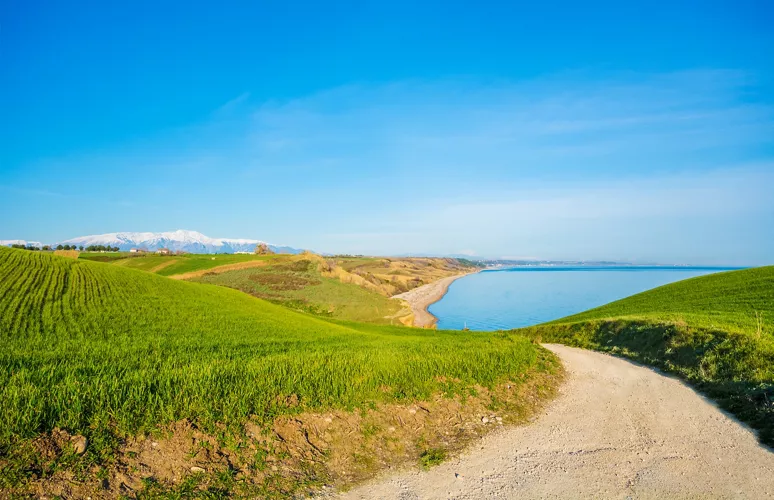
Along the gulf stretches Vasto Marina, with its wide golden sandy shore and shallow waters. Towards the north, on the other hand, the coast is jagged with cliffs and coves, embellished with trabocchi. The Punta Aderci nature reserve, with its promontory of the same name and pebble beaches, offers a spectacular stretch of wild, unspoilt nature.

